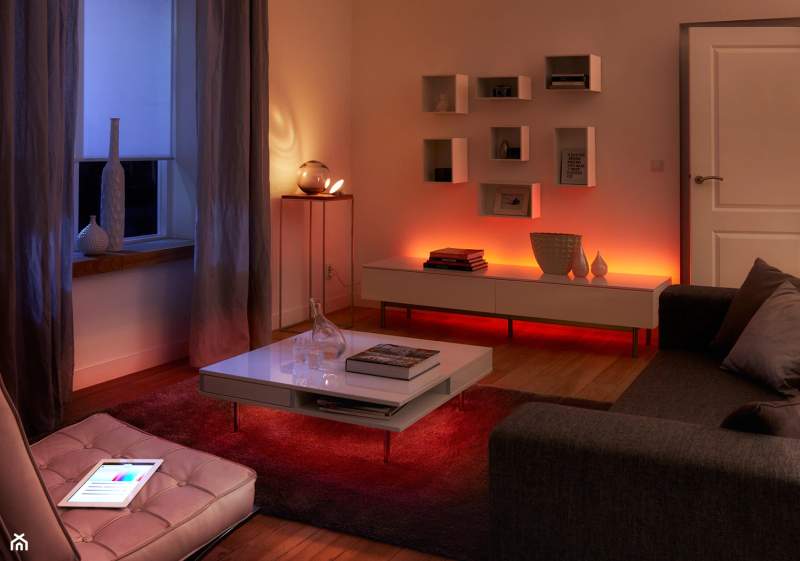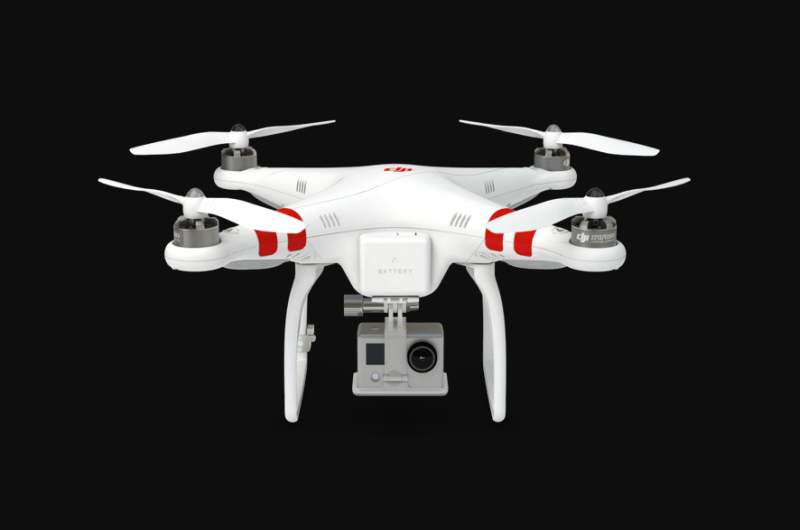The new year’s eve is just around the corner. This time around, it will not just mark the end of the year, but a decade. On this occasion, in addition to our usual best smartphones of the year article, we have decided to pick the most important gadgets of this decade. These are not necessarily the coolest or best-selling products. Our focus is to honor devices that shaped the industry between 2010 to 2020.
Google Chromecast
In the early 2010s, the smart TV market was in a nascent stage. Save for a few high-end models from Sony, LG, and Samsung, most TV sets could not stream media. So if you wanted to watch something other than what your set-top box offered, the most straightforward way was to hook up your laptop to the TV via HDMI. Quite crude for the 21st century. Thankfully, the search engine giant, Google decided to make the life of couch potatoes easy. It introduced a tiny and inexpensive device Chromecast that turns your dumb TV into a smart one. You can then use your smartphone or tablet to beam content to your TV. It was followed by Amazon’s Fire Stick that offered more features and a great remote controller. But, since Chromecast set things in motion, it earns a stop on this list.

Amazon Echo
AI-based voice assistants are not a new thing. After seeing the clever and cold HAL 9000 in Stanley Kubrick’s 1968 sci-fi epic ‘2001: A Space Odyssey’, everyone was fascinated by the idea of a digital assistant. However, it took until 2014 for someone to finally launch a stand-alone voice assistant device. Dubbed as Echo, this came from the biggest electronic store in the world Amazon. The gadget answers your stupid question, keep you updated about weather, play music, and even tell you a joke. Amazon Echo can even control your smart lights and compatible home appliances. Most voice assistants including the Amazon Echo had their share of controversies. However, its achievements in changing the way we receive information are hard to ignore.

MakerBot Replicator
As opposed to subtractive manufacturing processes such as CNC milling where an object is designed by carving out a block of material, 3D printing is an additive process. Here, an object is created by carefully adding layers of material. It is somewhat like printing with inkjet machines but in 3-dimensions. This tech has been around for years in production industries. But as hundreds of key patents related to 3D printing expired early in the decade, the market for this technology exploded. In the consumer space, MakerBot leads the way with its machines. Especially, its Replicator series provided an easy way for the enthusiasts to prototype their designs. During the launch, it was priced at $2,000 (approx. Rs 142,000), which made it one of the cheapest 3D printer of its time. While it is not everyone’s cup of tea, MakerBot gave individual inventors and designers the power to turn their ideas into reality.

Philips Hue
Early smart lighting solutions required expensive and complex setup. Philips changed all that with its Hue lighting range. At the end of the Mayan calendar, the Dutch company introduces lamps and bulbs that can be controlled wirelessly from your smartphone. Using the companion app, you could switch the light on or off, dim it, or even change the color to match your mood. Philips kept on adding new features over the years, and today you can sync these lights to your music or TV programs. If reaching your smartphone is too much of a trouble, the Hue lights can now be controlled via Amazon’s voice assistant. The Netherlands-based company also added new products such as a sleek Hue Lightstrip to the lineup. More recently, Philips also launched a smart LED bulb with a retro filament look.

DJI Phantom
Up until 2013, aerial shots were mostly limited to big-budget Hollywood production. But a small company from China DJI changed that with its Phantom Drone. You could buy this machine for just $629, slap a GoPro on it, and shoot mesmerizing areal footage on a shoestring budget. The DJI Phantom was easy to control and had an incredibly stable flight. Plus, it had features such as GPS tracking. In the coming years, the Chinese company kept on refining the Phantom series. Today, it is the go-to flying machine for web series and low-budget movies. Sure, it did make headlines for wrong reasons when ISIS terrorists used it to drop munition in Iraq. But then, terrorists also love Toyota pick-up trucks.

Microsoft Hololens
While most brands were stuck in Virtual Reality, Microsoft unveiled its Augmented Reality headgear called Hololens. Like the stuff straight out from sci-fi, the Hololen fuses 3D holographs in the real world around you. What’s more interesting is that the Hololens does not require an external computer to do all the heavy lifting for it. It relies on its built-in HPU (Holographic Processing Unit) to render morph complex 3D objects in real-world visuals. Microsoft claims that gadget’s chipset can handle terabytes of data coming in from multiple sensors in real-time. While it is not a consumer product yet, the Hololens is being used in aviation, automobiles, space exploration, and the healthcare industry. For instance, NASA scientists are using Hololens to view the surface of Mars mapped by Curiosity rover. Designers at Ford make use of it to make design changes to their vehicles in virtual space. Moreover, there’s a huge opportunity for this gadget in the gaming industry.

LG OLED TVs
After the death of Plasma TVs, purists were left with a void. And while most brands were busy making money by unloading trashy inferior LCD TVs in the market, LG delighted the display enthusiasts with its impressive OLED TV line-up in 2012. Sure, Sony had unveiled its OLED TV years ago, but it was LG that refined the tech. LG also invested billions of dollars to mass-produce these OLED panels and bring the price within the reach of consumers. The high-quality OLED panels seen in Sony, Panasonic, and Philips TV sets are also provided by the South Korean brand. Due to their emissive nature, these OLED TVs provide vibrant colors, inky blacks, and stunning contrast.

The post Most Influential Gadgets Of The Decade: 2010 to 2020 appeared first on MySmartPrice.
from MySmartPrice https://ift.tt/2F0unRY
No comments:
Post a Comment